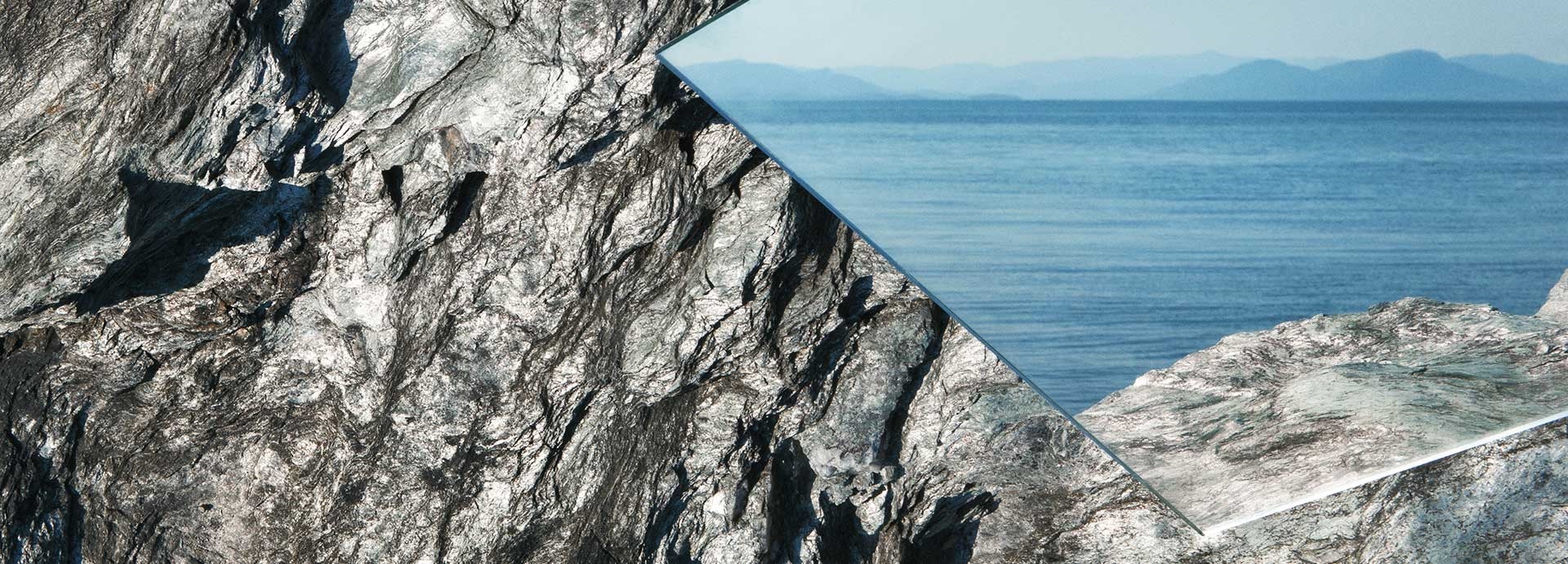

P
423 results
The photoelectric effect is the emission of electrons when electromagnetic radiation, such as light, hits a material.
A "photoelectrochemical cell" produces electrical energy similarly to a dye-sensitized photovoltaic cell, which meets the standard definition of a photovoltaic cell.
Photon energy is the energy carried by a single photon.
Photonics is the physical science and application of light generation, detection, and manipulation through emission, transmission, modulation, signal processing, switching, amplification, and sensing.
An interconnected system of PV modules that function as a single electricity-producing unit. In smaller systems, an array can consist of a single module.
Also known as a solar cell, is used to convert light energy into electricity.
A physical and chemical phenomenom that generates voltage and current in materials that are exposed to light.
See "Solar Farm".
A photovoltaic system, also PV system or solar power system, is a power system designed to supply usable solar power by means of photovoltaics.
Photovoltaic system performance is the ratio of actual solar PV system output compared with expected values, which is essential for proper solar PV facility's operation and maintenance.
Photovoltaic (PV) technology transforms the energy of sunlight (solar photons) into direct electric current using semiconductor materials.
Photovoltaic thermal collectors, typically abbreviated as PVT collectors and also known as hybrid solar collectors, photovoltaic thermal solar collectors, PV/T collectors or solar cogeneration systems, are power generation technologies that convert solar radiation into usable thermal and electrical energy.
Photovoltaics (PV) is the conversion of light into electricity using semiconducting materials that exhibit the photovoltaic effect, a phenomenon studied in physics, photochemistry, and electrochemistry.
Physical oceanography is the study of physical conditions and physical processes within the ocean, especially the motions and physical properties of ocean waters.
A physical quantity is any phenomenon that can be measured with an instrument or be calculated for.
Paints that dry solely by evaporation of solvent. The binder is unreactive.
A gas field that is too deep to drill for, or is beneath an obstruction, may be considered physically stranded.
The PICKUPCAT concept is based on dividing a vessel into two separate parts: a self-contained catamaran containing power, propulsion and steering functions and an interchangeable cargo-carrying unit.
Pico hydro is a term used for hydroelectric power generation of under 5 kW.
A proportional–integral–derivative controller (PID controller or three-term controller) is a control loop mechanism employing feedback that is widely used in industrial control systems and a variety of other applications requiring continuously modulated control.